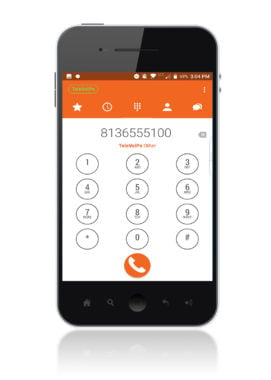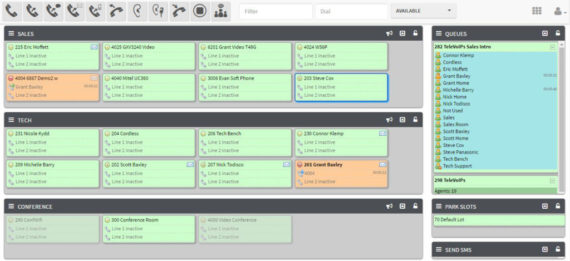 The modern workforce has shifted in a major way in favor of working remotely. Perhaps this is because remote working has been shown to significantly increase productivity, employee retention, talent acquisition, employee diversity and to reduce cost for employers and employees alike (according to Remote.Co).
The modern workforce has shifted in a major way in favor of working remotely. Perhaps this is because remote working has been shown to significantly increase productivity, employee retention, talent acquisition, employee diversity and to reduce cost for employers and employees alike (according to Remote.Co).
That said, implementing and supporting a remote workforce can seem daunting for a company in the early stages of its work-from-home program. The right technology means your remote workforce will have all the tools necessary to function as an integrated part of your team. Remote desktops, regular video conferencing, and set requirements for home networks are a great start, but how do you tie a remote staff member into your brick and mortar phone system? VoIP, of course.
The right VoIP provider will create a seamless experience for your employees and anyone who calls into the business—essentially, you’ll have one completely interconnected phone system, spread out to wherever your employees may be. Hundreds of home users connect via the exact same phone system and network, all off their own internet connections. This means they can easily dial one another by extension, answer calls to the main office lines, transfer calls, access group voicemails and more. A cloud-based phone system allows them to do this with a physical VoIP phone or with no additional hardware by using a softphone.

Softphones give remote users the ability to turn their laptop, desktop computer, or cell phone into a fully functional VoIP phone.
Features of softphones include:
Softphones make so much sense for remote teams because they take away the guesswork of physical phones running off of (sometimes less than ideal) home networks. They are flexible, mobile, and minimize the cost of onboarding new staff (and completely eliminate the cost of phone hardware).
 Visibility & Transparency:
Visibility & Transparency: No doubt, managing a remote workforce can be far more challenging than having your team in shared cubicles where you can easily oversee productivity. Fortunately, VoIP breaks down many barriers to transparency that remote employees present. High visibility features mean you’ll always be able to tell whether your remote workforce is, well, working.
Call statistics give management the ability to run call reports to quickly track how long staff spends on the phone, with whom, and when and where inbound calls are being answered. View who is using do-not-disturb, record calls to train staff or manage issues, and even receive abandoned call alerts for callers who hung up before they were attended to.
The TeleVoIPs Virtual Switchboard provides leadership teams with a single pane of glass displaying real-time data about who is on the phone (and with whom), or who is using do-not-disturb. It also gives management the ability to remotely handle calls alongside their team, moving staff in and out of queues or hunt groups, jumping in on calls before they head south, and whispering to coach their employee, or listening in to evaluate performance.
Remote staff can be a strain on your IT team. A great VoIP service provider means your staff always has access to help with their phones—from setup and installation, to training, to troubleshooting. TeleVoIPs fully manages and supports our own VoIP systems and clients, meaning that we handle all adds, moves, and changes for you at no additional cost.
From a cultural standpoint, interconnectedness within a business is a very good thing. Making employees a true part of the team even though they are hundreds or thousands of miles away means they feel valued and supported—and in turn, contribute more to the company. If you’re interested in implementing VoIP to help your team work more efficiently no matter where they are, connect with us! We would love to help build an efficient business phone system for you.

© 2024 TeleVoIPs, LLC
All Rights Reserved